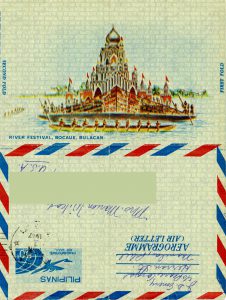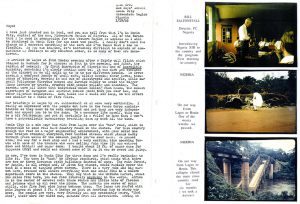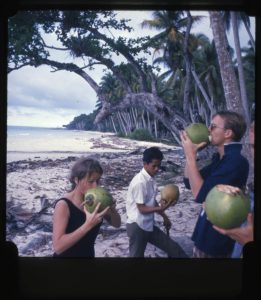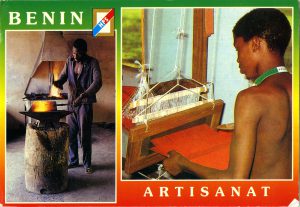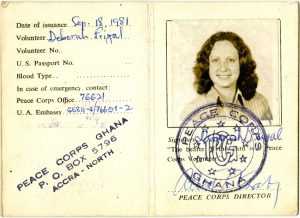Once a volunteer’s service has ended, they have to decide what to do after the Peace Corps. Some volunteers extend their service, some go on to graduate school, and some simply come home to the states and resettle into daily life.
The following are stories of what some volunteers did after their service.
When Alanna Randall was preparing to leave Belize in 2003 she was deciding between graduate school and joining Americorps, a Peace Corps-type program in the U.S. To help with her decision, Alanna used a chart that her local PCV magazine published.

Alanna Randall, Belize, 2001-2003. This chart is from the PC Belize Magazine “Toucan Times” Oct/Nov/Dec 2001
She eventually decided to join Americorps and served in Tuscon, Arizona as a Team Leader for Youth Volunteers. She then went on to pursue a Masters Degree in Teaching Spanish at the School for International Training in Vermont.
Tina Singleton started her service in Benin in 1992 and extended it two years to 1996. Even though her family encouraged her to serve another year, Tina decided she was ready to leave. However, she was debating between finding a job, taking courses in Community Based Rehabilitation, or applying to graduate schools. She eventually decided on graduate school in London.
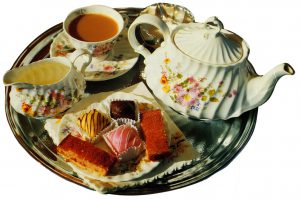
Tina Singleton, Benin, 1992-1996. This postcard was sent to her parents from England while she was preparing to start graduate school.
Tina sent this postcard to her parents in March of 1997 and told them: “I managed to get through exams …!! I’m pretty sure I passed . . . now i can sit back (for a few minutes, anyway) and drink tea . . .”
Once Lynda Smith-Nehr completed her service in the Philippines in 1964 she traveled the world before heading home. Lynda visited Japan, India, Egypt, Palestine, Italy, Switzerland, England, DC, and New York.
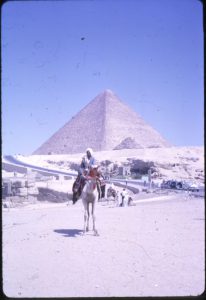
Lynda Smith-Nehr,Philippines, 1962-1964. This was taken on her travels to Egypt after her service ended.
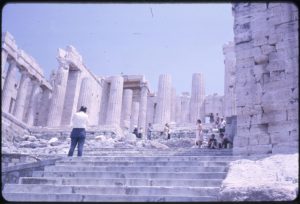
Lynda Smith-Nehr, Philippines, 1962-1964. This was taken on her travels to Greece after her service ended.
As evident from these examples, volunteers have a lot of paths to choose from when their service is over. And their two years in the Peace Corps gives them a lot of experiences to build their new lives with.

